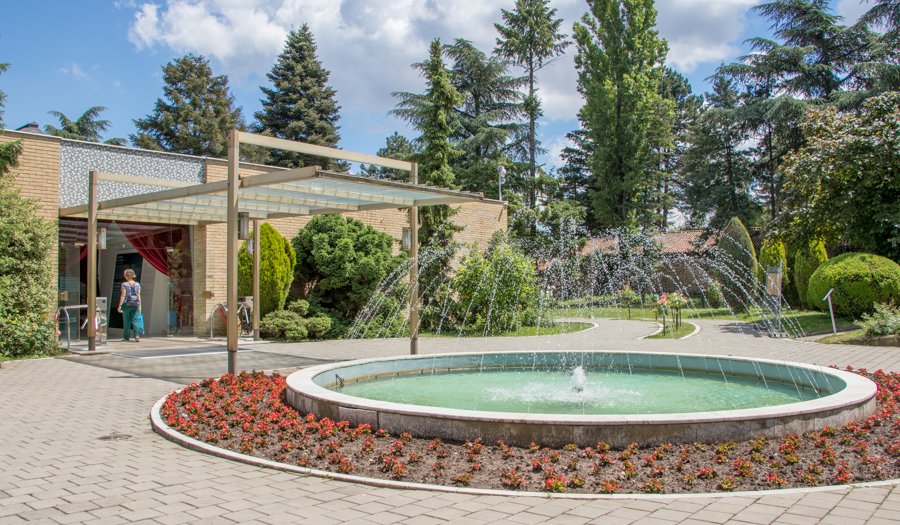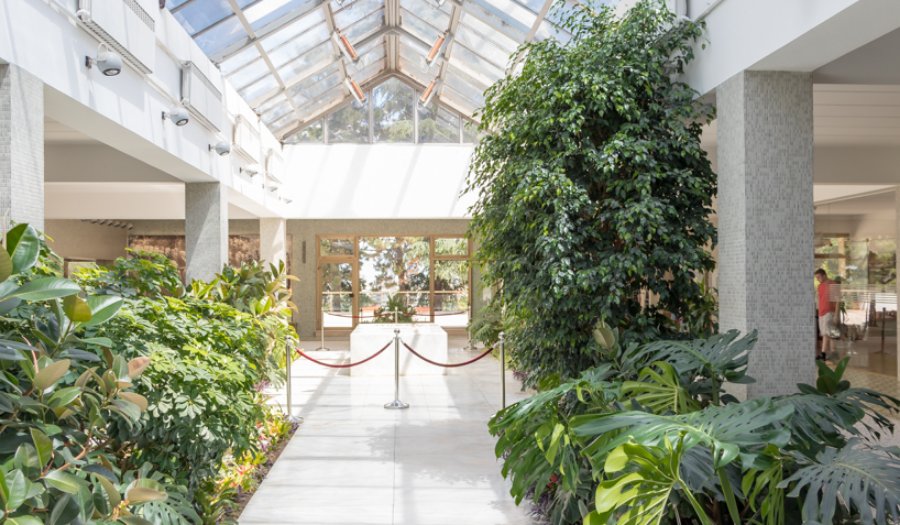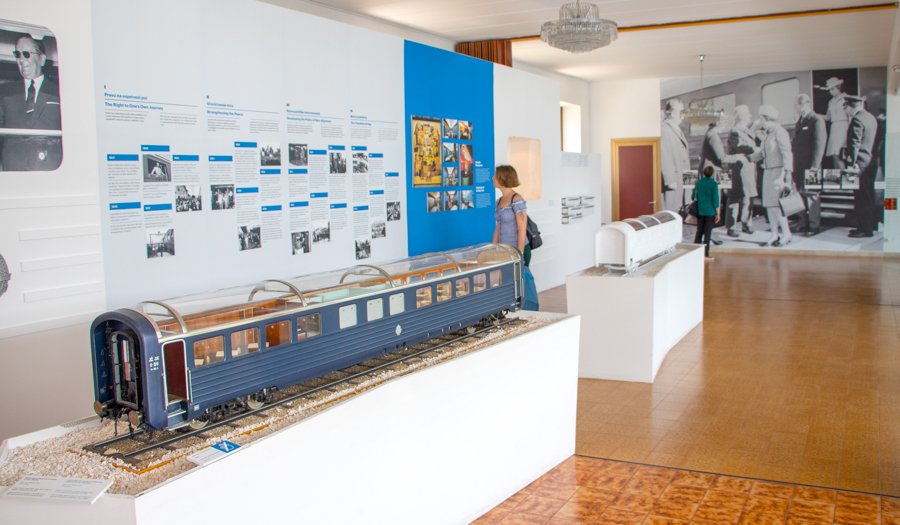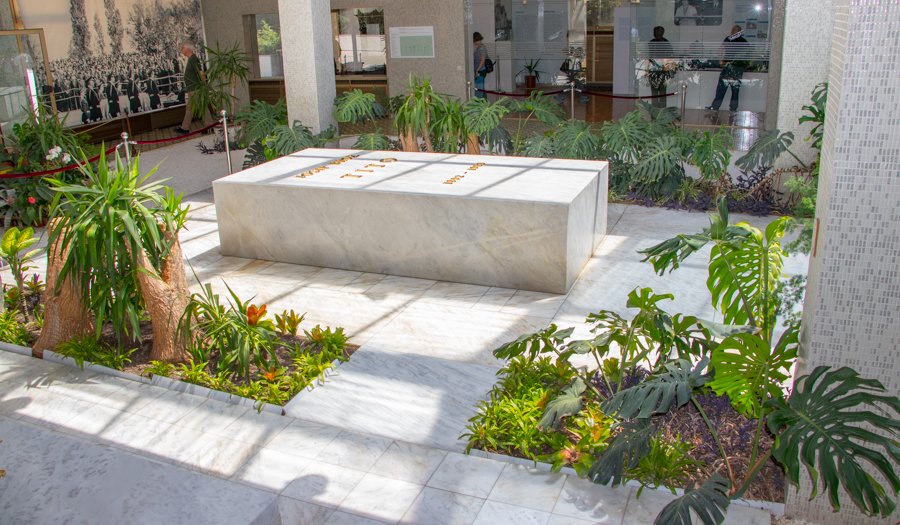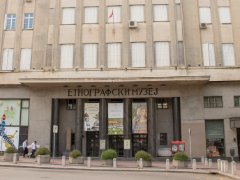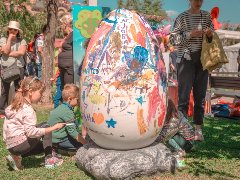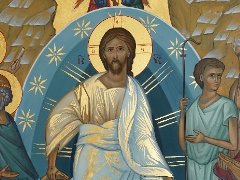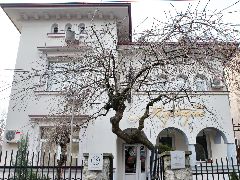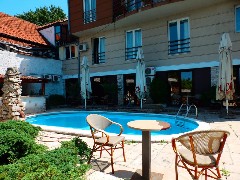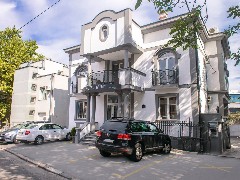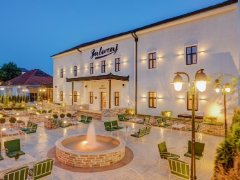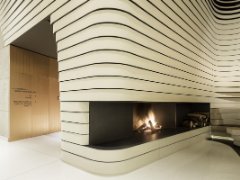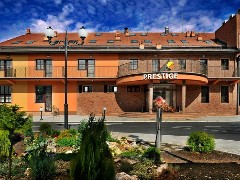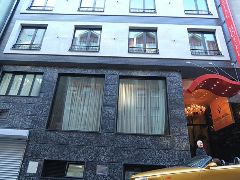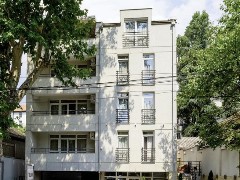CLOSED OPENS AT 10:00
The House of Flowers is part of the Museum of the History of Yugoslavia and it is one of the most visited tourist places in Belgrade. The building was built in 1975, as a winter garden for the needs of the then President of Yugoslavia, Josip Broz Tito, and then called "Flower Shop". It occupies an area of 902 square meters. In addition to the central part where there was a fountain, there were work and rest rooms - working and sleeping rooms, lounge, guest room, library and others. On the opposite side of the entrance, there is a terrace overlooking Belgrade. The location of the entire facility is considered the most beautiful location in Belgrade.
After Tito`s death on 4th May 1980, the winter garden was rearranged to his last resting place. Then, the fountain was removed from the central part and the tomb was built, which looks like a large, underground room. Considering the popularity of Josip Broz Tito at the time, it was considered inappropriate to call his last resting place a grave or mausoleum, and thus the name of the House of Flowers came into being.
The permanent exhibition in the House of Flowers, today, consists of a memorial room with a book of sorrow and an exhibition featuring local, republican and federal batons that Yugoslav youth carried on the occasion of Tito`s birthday on 25th May, celebrated as the Youth Day. The set contains written messages that Tito received with relays, photos of bearers of relays as well as festivities on the occasion of the Youth Day, marshal uniforms and others.
Until today, the memorial has been reportedly visited by more than 17 million people.
The House of Flowers is part of the Museum of the History of Yugoslavia and it is one of the most visited tourist places in Belgrade. The building was built in 1975, as a winter garden for the needs of the then President of Yugoslavia, Josip Broz Tito, and then called "Flower Shop". It occupies an area of 902 square meters. In addition to the central part where there was a fountain, there were work and rest rooms - working and sleeping rooms, lounge, guest room, library and others. On the opposite side of the entrance, there is a terrace overlooking Belgrade. The location of the entire facility is considered the most beautiful location in Belgrade.
After Tito`s death on 4th May 1980, the winter garden was rearranged to his last resting place. Then, the fountain was removed from the central part and the tomb was built, which looks like a large, underground room. Considering the popularity of Josip Broz Tito at the time, it was considered inappropriate to call his last resting place a grave or mausoleum, and thus the name of the House of Flowers came into being.
The permanent exhibition in the House of Flowers, today, consists of a memorial room with a book of sorrow and an exhibition featuring local, republican and federal batons that Yugoslav youth carried on the occasion of Tito`s birthday on 25th May, celebrated as the Youth Day. The set contains written messages that Tito received with relays, photos of bearers of relays as well as festivities on the occasion of the Youth Day, marshal uniforms and others.
Until today, the memorial has been reportedly visited by more than 17 million people.
